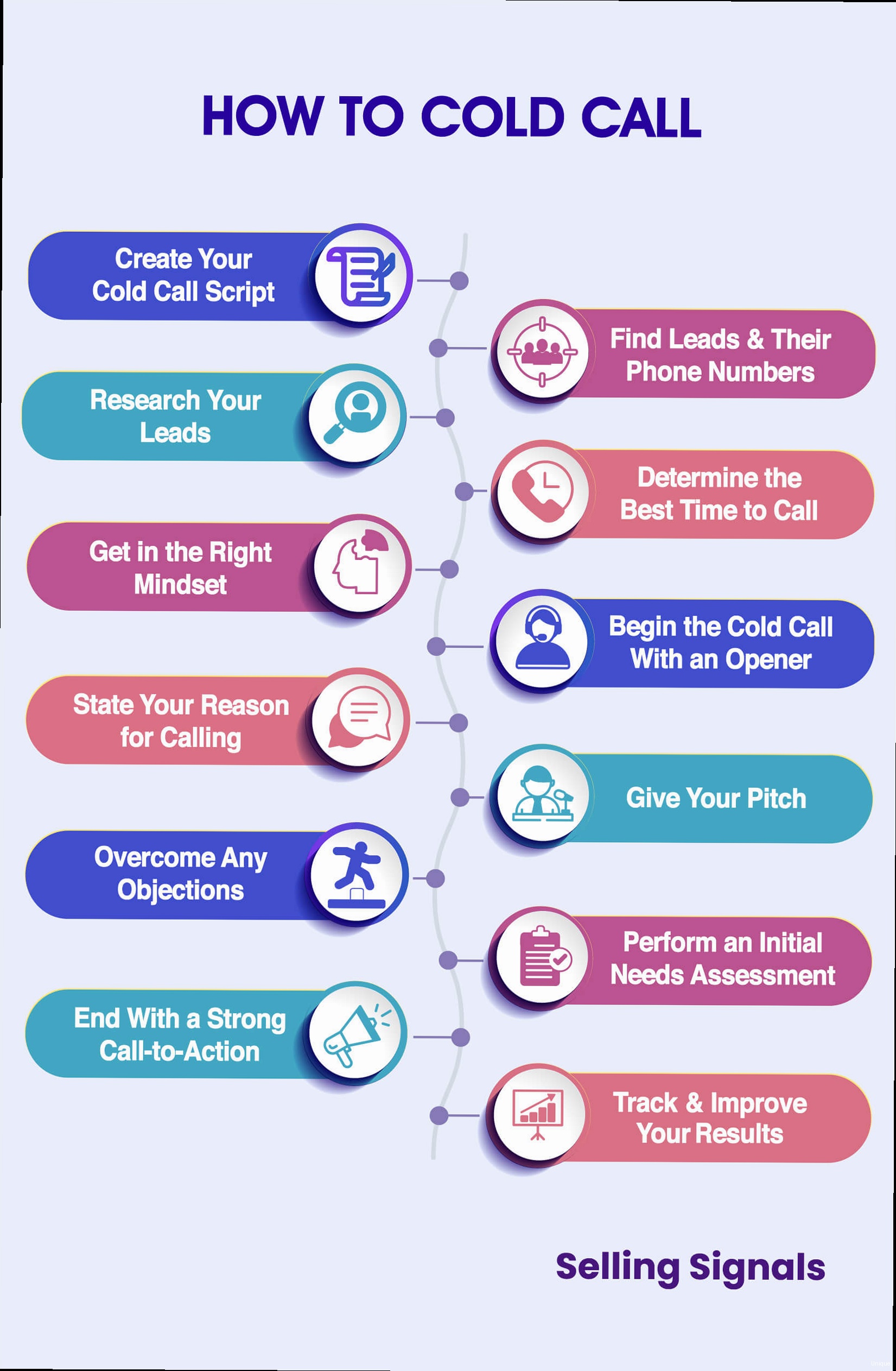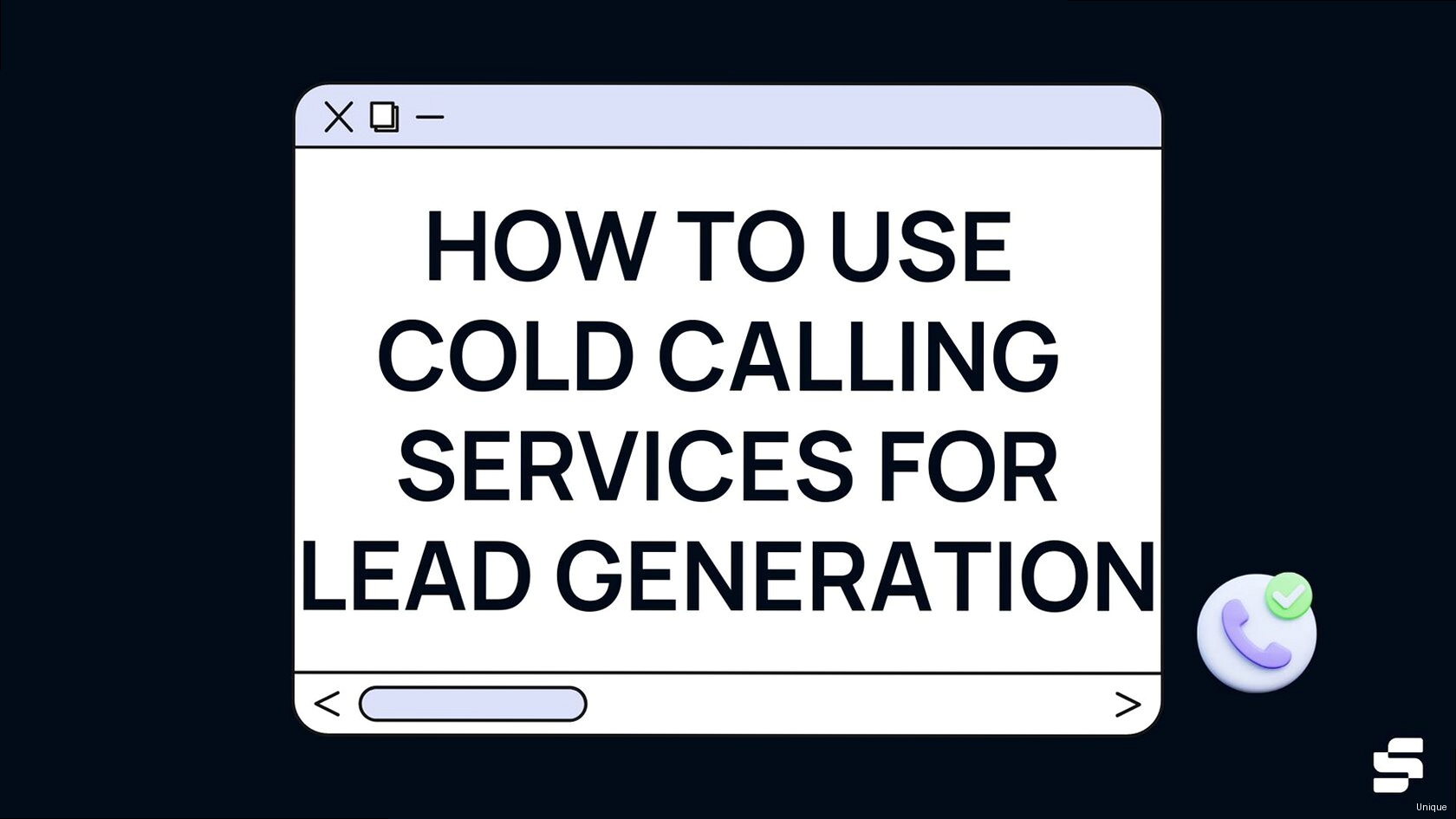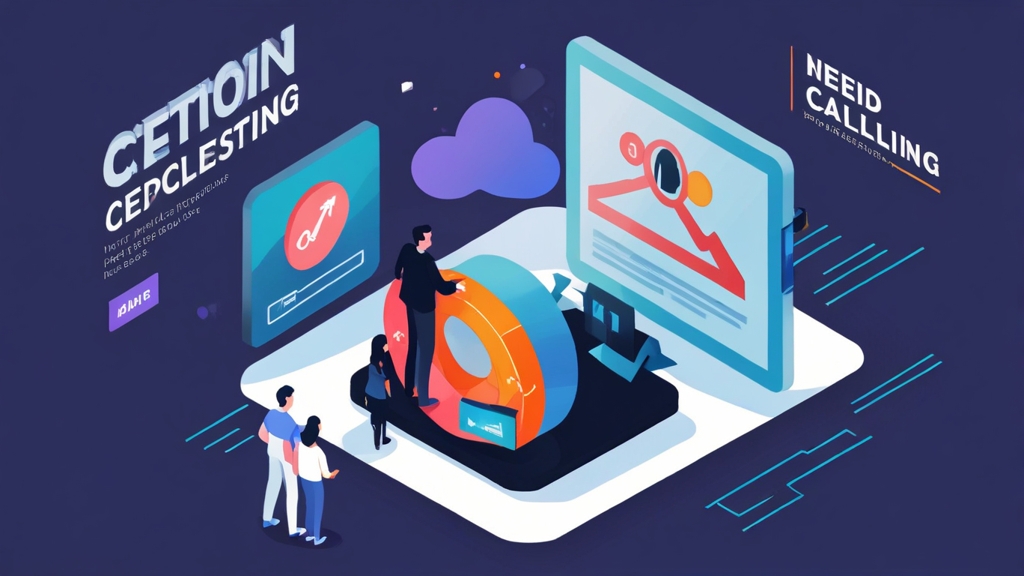How to Get Highly Targeted Leads for Cold Calling
Cold calling, while often perceived as outdated, remains a powerful tool for generating leads, especially when armed with a targeted list. This article dives deep into strategies for identifying and acquiring high-quality leads specifically tailored for cold calling, increasing your chances of connecting with receptive prospects. We’ll explore using LinkedIn Sales Navigator, industry directories, competitor analysis, and targeted content marketing to fuel your cold calling efforts with qualified leads.
Leveraging LinkedIn Sales Navigator for Targeted Lead Generation

- Start a new lead search in Sales Navigator.
- In the “Keywords” filter, type in relevant keywords like “marketing automation,” “SaaS marketing,” “demand generation.”
- Under “Job Titles,” specifically include “Marketing Manager,” “Director of Marketing,” and related titles. Exclude irrelevant titles like “Marketing Coordinator” if they fall outside your target seniority.
- Under “Industry,” select “Computer Software.”
- Under “Company Headcount,” specify “51-200.”
- Under “Geography,” select “United States.”
("law firm" OR "legal services") AND ("intellectual property" OR "patent law" OR "trademark law") AND "cybersecurity"
This search will identify individuals who mention “law firm” or “legal services” AND “intellectual property,” “patent law,” or “trademark law” AND “cybersecurity” in their profiles. This greatly refines your search and ensures you’re reaching individuals directly involved in or concerned about cybersecurity within your target niche.
Example 3: Identifying Leads Based on LinkedIn Activity
Sales Navigator allows filtering leads based on their LinkedIn activity. You can target leads who have recently changed jobs (“Changed jobs in past 90 days”) or who have posted recently (“Posted on LinkedIn in past 30 days”). These leads are often more receptive to new opportunities or connections. Someone who just started a new job might be looking for solutions to implement in their new role.
Expert Tip: Go beyond simply exporting the list. Review each profile and identify specific pain points or challenges the individual or their company might be facing. Personalize your cold call opening based on this research. For example, “I noticed your company recently expanded into a new market. I wanted to reach out because our platform can help streamline your international marketing efforts.”
By strategically utilizing LinkedIn Sales Navigator’s powerful search and filtering capabilities, you can build highly targeted lead lists, dramatically increasing the effectiveness of your cold calling campaigns.
Mining Industry Directories and Associations for Contact Information

Competitive Analysis and “Customer Snooping” for Strategic Lead Generation
Analyzing your competitors and identifying their customers can be a powerful strategy for generating leads for cold calling. This approach focuses on targeting individuals and companies who are already using a solution similar to yours but might be experiencing pain points or looking for alternative options. This involves identifying the competitor’s customer base and gathering information about their needs and satisfaction levels. Example 1: Identifying Competitor Customers Through Case Studies Many companies publish case studies showcasing successful implementations of their products or services. These case studies often mention the names of their customers. By reviewing your competitors’ case studies, you can identify companies that are already using a solution in your space. Let’s say you’re selling a CRM platform, and one of your competitors publishes a case study featuring “Acme Corp.” The case study highlights how Acme Corp. used your competitor’s CRM to improve sales efficiency. This indicates that Acme Corp. is actively using a CRM and might be receptive to exploring alternative solutions, especially if they’re facing challenges with their current system. You can then research Acme Corp. further to identify the relevant contact person (e.g., the sales manager or VP of sales). Example 2: Analyzing Online Reviews and Testimonials Online review platforms like G2, Capterra, and TrustRadius provide valuable insights into customer satisfaction levels with various products and services. Search for your competitors on these platforms and analyze the reviews. Look for recurring themes, both positive and negative. For example, if you find several reviews complaining about a competitor’s slow customer support, this presents an opportunity. You can target those customers and highlight your superior customer support as a key differentiator. Your cold call opening could be: “I noticed you left a review about [Competitor’s product] and mentioned challenges with their customer support. We pride ourselves on our responsive and proactive support team…” Example 3: Monitoring Competitor Social Media Keep an eye on your competitors’ social media channels, particularly LinkedIn and Twitter. Pay attention to comments and mentions. Are customers expressing frustrations or asking questions that aren’t being adequately addressed? These interactions can reveal potential pain points and identify individuals who might be receptive to a better solution. Expert Tip: When contacting a competitor’s customer, avoid directly bashing your competitor. Instead, focus on the benefits of your solution and how it addresses the specific pain points you’ve identified. Frame your approach as offering a better alternative, not simply pointing out flaws in their current choice. By systematically analyzing your competitors and their customers, you can identify a highly targeted pool of leads who are already aware of the need for a solution like yours and are potentially open to switching. This strategy requires diligent research but can yield a high return on investment.Content Marketing as a Lead Magnet for Cold Calling
While seemingly counterintuitive, content marketing can be a powerful tool for generating leads specifically for cold calling. By creating valuable and informative content, you can attract prospects who are actively seeking solutions to their problems. These individuals are often more receptive to cold calls because they’ve already demonstrated an interest in your industry or topic. This strategy turns “cold” calls into “warm” calls. Example 1: Offering a Free White Paper or Ebook Create a white paper or ebook addressing a common challenge faced by your target audience. For example, if you sell project management software, you could create a white paper titled “5 Common Project Management Mistakes and How to Avoid Them.” Promote this white paper through your website, social media, and paid advertising. Require visitors to provide their contact information (name, email address, company) in exchange for downloading the white paper. Here’s an example of a simple HTML form you could embed on your landing page:<form action="/download-whitepaper" method="post">
<label for="name">Name:</label>
<input type="text" id="name" name="name" required><br><br>
<label for="email">Email:</label>
<input type="email" id="email" name="email" required><br><br>
<label for="company">Company:</label>
<input type="text" id="company" name="company" required><br><br>
<input type="submit" value="Download White Paper">
</form>